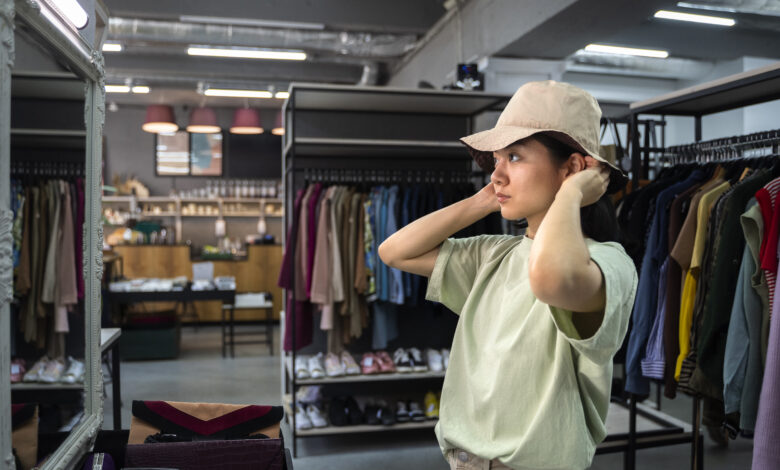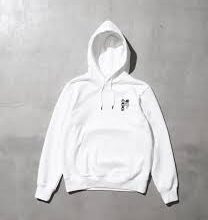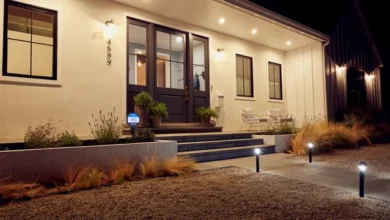How Late is the Closest Store Open? Discover Store Hours Near You
Discover Store Hours Near You

Table of Contents
ToggleIntroduction
Have you ever found yourself rushing to the nearest store, only to arrive and find the doors locked? Whether you’re looking for a grocery store, pharmacy, or convenience store, knowing how late your closest options stay open can save you time and frustration. In this article, we’ll explore the typical closing hours of various types of stores, provide tips on finding store hours near you, and discuss some of the benefits of late-night shopping.Guarding with Gaze: The Strategic Use of CCTV for Home and Business
Understanding Store Hours
Understanding how late the closest store stays open involves knowing a few basic concepts related to store hours. Different types of stores have varied closing times, which can depend on factors such as location, day of the week, and whether the store is part of a chain or independently owned.Harmonizing Brands Through Bespoke Packaging
Types of Stores and Their Typical Closing Hours
- Grocery Stores
- Large Chains (e.g., Walmart, Kroger): Many large grocery store chains are open until 10 PM or 11 PM. Some may even offer 24-hour services, especially in urban areas.
- Smaller Grocers and Specialty Stores: These stores often close earlier, usually around 8 PM or 9 PM.
- Pharmacies
- Major Chains (e.g., Walgreens, CVS): These pharmacies typically remain open until 9 PM or 10 PM, with some locations offering 24-hour service.
- Local Pharmacies: Independent pharmacies may have more restricted hours, closing as early as 6 PM or 7 PM.
- Convenience Stores
- 24-Hour Locations (e.g., 7-Eleven): Many convenience stores operate 24 hours, providing a go-to option for late-night needs.
- Other Convenience Stores: Smaller stores might close around 10 PM or 11 PM.
- Retail Stores
- Big Box Retailers (e.g., Target, Best Buy): Typically open until 9 PM or 10 PM, though hours may extend during holiday seasons.
- Boutiques and Specialty Stores: Often close by 7 PM or 8 PM.
- Restaurants and Fast Food
- Chain Restaurants (e.g., McDonald’s, Taco Bell): Many fast-food chains are open late, with some locations offering 24-hour service.
- Dine-in Restaurants: These establishments often close by 10 PM, though some may stay open later on weekends.
Factors Influencing Store Closing Times
Several factors can influence how late a store stays open. Understanding these can help you better predict whether your local store will be open when you need it.
- Location: Stores in urban areas or near college campuses are more likely to stay open later than those in rural or suburban locations.
- Day of the Week: Many stores extend their hours on Fridays and Saturdays, staying open an hour or two later than on weekdays.
- Holidays and Special Occasions: Stores may have extended hours during holiday seasons, such as Thanksgiving and Christmas, to accommodate shoppers.
- Local Laws and Regulations: In some regions, local laws might mandate earlier closing times, especially for stores that sell alcohol.
- Customer Demand: Stores that experience high traffic late at night may choose to stay open later to meet customer needs.
How to Find Store Hours Near You
If you’re unsure how late the closest store is open, there are several ways to find this information quickly:
- Search Online: Most major stores have up-to-date hours listed on their websites or on platforms like Google Maps. Simply search for the store name and location to see current hours.
- Use Store Apps: Many retail chains offer mobile apps that include store hours, location information, and even alerts for extended hours during sales events.
- Call the Store: A quick phone call to the store can provide you with accurate, real-time information about closing hours.
- Check Social Media: Some stores post their hours on social media platforms, especially if they plan to stay open late for a special event or sale.
- Use Local Listings and Directories: Websites like Yelp or the Yellow Pages often include store hours in their business listings.
Benefits of Late-Night Shopping
Late-night shopping can be a lifesaver for those with busy schedules or last-minute needs. Here are some of the key benefits:
- Avoiding Crowds: Shopping late at night can be a more peaceful experience, with fewer crowds and shorter lines at checkout.
- More Flexible Schedules: If you work long hours or have a hectic daily routine, late-night shopping allows you to visit stores at your convenience.
- Exclusive Late-Night Deals: Some stores offer special discounts or promotions for late-night shoppers.
- Convenience for Emergencies: Whether you need medicine, baby supplies, or a late-night snack, having access to stores that stay open late can be crucial.
Drawbacks of Late-Night Shopping
While there are many benefits, late-night shopping isn’t without its drawbacks:
- Limited Staff Availability: Some stores might have fewer employees working late at night, which could mean less assistance or longer wait times for service.
- Reduced Inventory: By the end of the day, certain items might be out of stock, especially in grocery stores.
- Safety Concerns: Depending on the area, shopping late at night might come with safety risks, particularly in poorly lit parking lots or neighborhoods with higher crime rates.
- Higher Prices: Some convenience stores that stay open late might charge higher prices for certain items compared to daytime shopping.
Tips for Safe Late-Night Shopping
If you plan on shopping late at night, here are some tips to keep in mind:
- Shop in Well-Lit Areas: Choose stores with well-lit parking lots and entrances, and avoid isolated areas.
- Stay Aware of Your Surroundings: Keep an eye on your surroundings, and trust your instincts if something doesn’t feel right.
- Avoid Carrying Large Amounts of Cash: Use credit or debit cards to minimize the risk of theft.
- Shop with a Friend: If possible, bring a friend or family member along for added safety.
How Store Hours Vary by Region
Store hours can vary significantly depending on the region. Here’s a breakdown of how store hours might differ across the United States:
- East Coast
- New York City: Many stores are open 24 hours, especially in Manhattan.
- Suburban Areas: Stores generally close around 9 PM or 10 PM.
- West Coast
- Los Angeles: Like New York, many stores offer late-night hours, especially in busy neighborhoods.
- Smaller Cities: In less populated areas, stores might close earlier, around 8 PM or 9 PM.
- Midwest
- Chicago: Major chains and grocery stores often stay open until 10 PM, with some offering 24-hour services.
- Rural Areas: Stores in rural Midwest regions might close as early as 7 PM.
- South
- Atlanta: Large stores and supermarkets typically stay open until 10 PM or later.
- Small Towns: Many stores in smaller Southern towns close by 8 PM or 9 PM.
The Impact of Online Shopping on Store Hours
The rise of online shopping has had a significant impact on traditional store hours. With more consumers opting to shop online, some brick-and-mortar stores have adjusted their hours or even closed certain locations. However, others have adapted by extending their hours to offer a more competitive shopping experience.
- Extended Store Hours: Some stores have extended their hours to compete with the convenience of online shopping, particularly during holiday seasons.
- In-Store Pickup Options: Many retailers now offer in-store pickup for online orders, allowing customers to shop online and pick up their purchases after regular store hours.
- Reduced Store Hours: On the flip side, some stores have reduced their hours to cut costs, especially in areas where online shopping is more prevalent.
- Hybrid Models: Stores that offer both online shopping and in-person experiences may have different hours for each service, catering to a broader range of customer needs.
The Future of Store Hours
As consumer habits continue to evolve, store hours may change to reflect new trends and technologies. Here’s a look at what the future might hold:
- More 24-Hour Locations: As demand for convenience grows, more stores may adopt 24-hour operations, particularly in urban areas.
- Flexible Hours: Some stores might introduce flexible hours, staying open later on certain days or for special events.
- Technological Integration: With the rise of smart shopping technologies, stores could offer extended hours with minimal staffing, using self-checkout systems and automated inventory management.
- Pop-Up Shops: Temporary pop-up shops could become more common, offering late-night hours during peak shopping seasons.
Conclusion
Knowing how late the closest store stays open can make a big difference in your shopping experience, whether you’re grabbing last-minute groceries, picking up a prescription, or just enjoying a quiet night of shopping. By understanding the factors that influence store hours and keeping these tips in mind, you can plan your shopping https://www.coolest-gadgets.com/how-late-is-the-closest-grocery-store-open
4o



